Notes
Six Photos to Consider on the 70th Anniversary of the Liberation of Auschwitz
Understandably, there is a lot of imagery circulating today dealing with remembrance, conscience and memory. In contrast, and true to our mission at the Bag, this is not a post about remembrance as much as it is about the applicability, universality and the visuality of the occasion.
This photo of the Pope was actually taken eight months ago. Known by now for poignant gestures and for confounding church orthodoxy, Francis drew considerable attention last May at the Holocaust memorial in Jerusalem. What does it mean to commemorate the Holocaust in an age of intense polarization and “to each, his own?” In kissing the hands of a group of Jewish survivors, I believe the Pope’s intention and message was just to defy the question.
A typical and not unreasonable refrain in commemoration of the Holocaust is the lack of equivalence in response to all the other terror and genocide. That argument was certainly present and applicable a few weeks ago after the Charlie Hebdo attack and the mass response in the west compared to the much greater loss of life meted out by Boko Haram in Nigeria. Certainly the difference is far more complex than the argument that compassion is contingent on visibility. On the other hand, the lack of a visual in this hyper-visual age (as we illustrated yesterday) is a serious impediment.
Rectifying that somewhat is a new series of photos from photographer, Andy Spyra. A first set was just published here at WAPO. To the extent the commemoration of the Holocaust vivifies other killing fields, I was struck by Spyra’s photo. The caption reads:
Father Peter shows the remains of the car of a suicide-bomber that struck the St. Finbarrs church in Jos on 11.03.2012, killing 11 and wounding dozens. Jos, Nigeria. January 24, 2013.
It wasn’t just that the vehicle’s remains, on this particular day, reminded me of a pile of bones. The hand at the edge of the frame made me aware, also, about how much interest and concern has to do with human presence or absence.
Were you aware of the famous George Rodger photo of the boy walking away from the Bergen-Belsen camp in 1945? The picture reportedly caused Rodger to swear off war photography for good. I strongly recommend you read this powerful background and explanation of the photo by Michael Ignatieff at the New Republic.
What’s profound about the photo, and perhaps even more relevant today, is its lesson about war and the politics of representation. At the risk of stealing from the story, it wasn’t until 1995 that people realized this wasn’t an example of extreme callousness on the part of a German local. Rather, it showed a survivor walking away from the camp who, upon liberation, had seen more than enough.
A sometimes magical, sometimes haunting effect of photography and photojournalism is how much imagery of the past will recall the present and how much images from the present will recall the past. What powers that alchemy, of course, are the potential layers and how many different meanings come out of different experiences.
In practical effect, what that means is that this photo of the chimneys at Auschwitz taken in November 2014 might, to different people, evoke a catastrophic fire, the inescapability of industrial blight, or even 9/11.
Finally, I wanted to share this portrait of an Auschwitz survivor taken by Reuters photographer, Kacper Pempel. (There is a larger collection of these new portraits here, most of them split in pairs like this.) The caption reads:
Stefan Sot, 83, who was registered with camp number 192705, holds a picture of himself taken during the war, in Warsaw Jan. 5, 2015. Sot was 13 years old during the Warsaw Uprising in August 1944, when he was sent from his home to a camp in Pruszkow prior to being transported by train to Auschwitz-Birkenau camp. He was later moved to a labor subcamp, where he worked in a kitchen for S.S. officers. After the war he worked as a typesetter at a printing house.
If my interest seems somewhat technical, going back-and-forth enough times between the man and the boy makes me that daunted by the lifetime process of somehow integrating the two.
(photo 1: Dan Balilty/AP caption: Pope Francis kisses the hand of holocaust survivor Sonia Tunik-Geron during a ceremony at the Hall of Remembrance in the Yad Vashem Holocaust memorial, in Jerusalem, Monday, May 26, 2014. Pope Francis honored Jews killed in the Holocaust and other attacks, and kissed the hands of Holocaust survivors as he capped his three-day Mideast trip with poignant stops Monday at some of the holiest and most haunting sites for Jews..photo 2: Andy Spyra/Laif/Redux. photo 3: George Rodger/Time Life Pictures/Getty Images. photo 4: Christopher Furlong/Getty Images caption: The sun rises over chimneys and the remains of detention blocks at the Auschwitz II Berkenau extermination camp on November 11, 2014 in Oswiecim, Poland. Ceremonies marking the 70th anniversary of the liberation of the camp by Soviet soldiers are due to take place on January 27, 2015. Auschwitz was a network of concentration camps built and operated in occupied Poland by Nazi Germany during the Second World War. Auschwitz I and nearby Auschwitz II-Birkenau was the extermination camp where an estimated 1.1 million people, mostly Jews from across Europe, were killed in gas chambers or from systematic starvation, forced labour, disease and medical experiments. photos 5 & 6: Kacper Pempel/Reuters.)
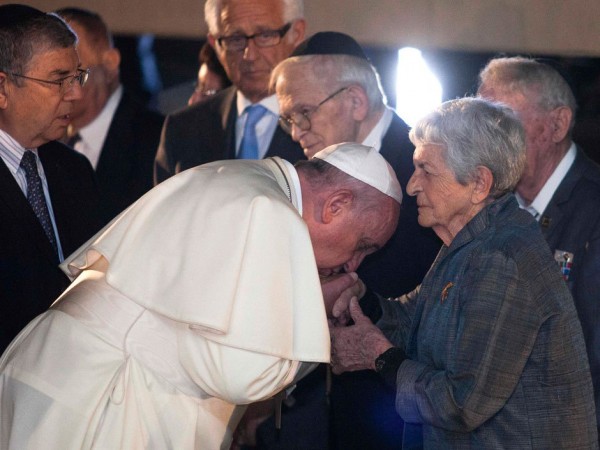
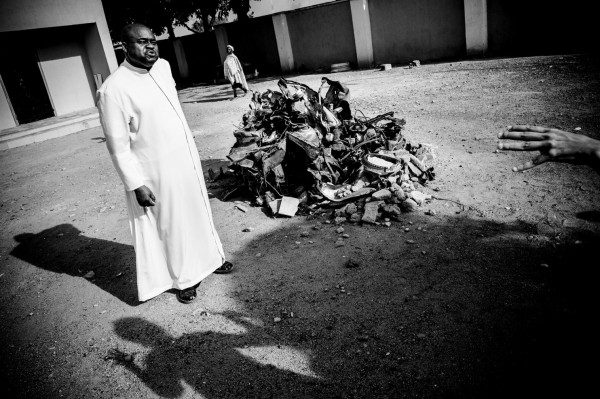
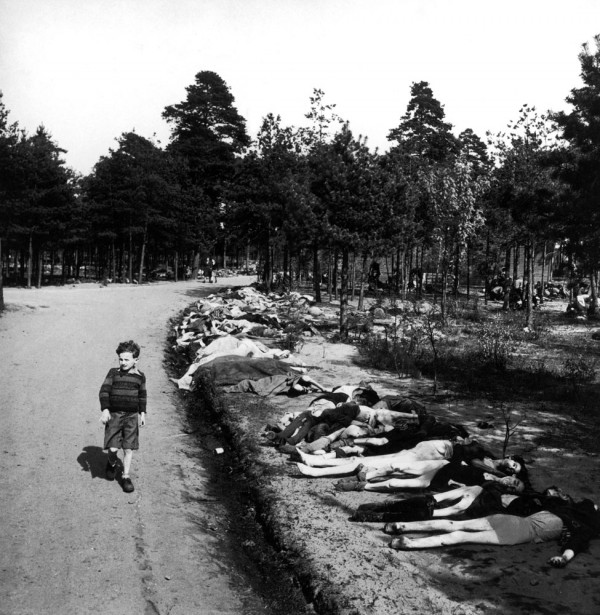
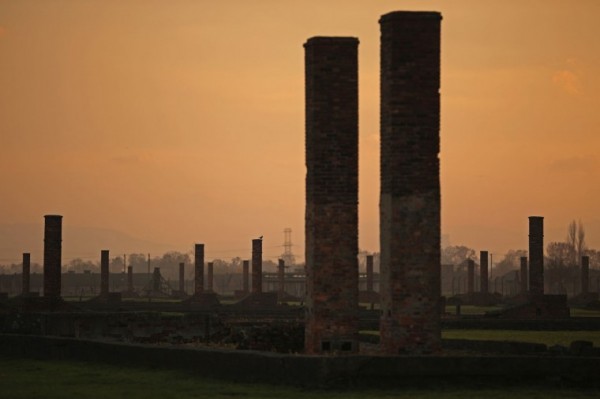
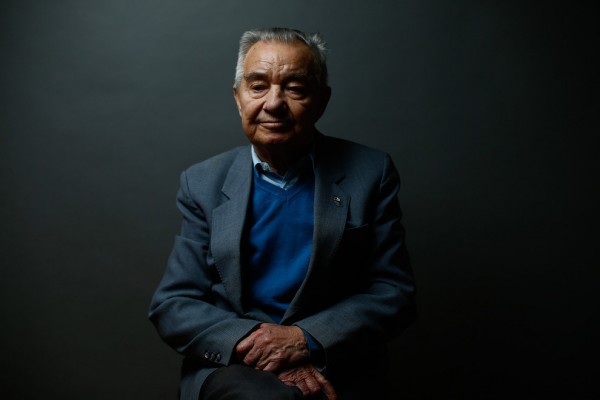
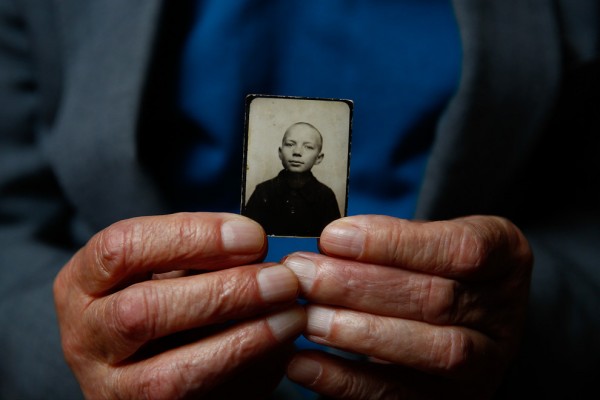
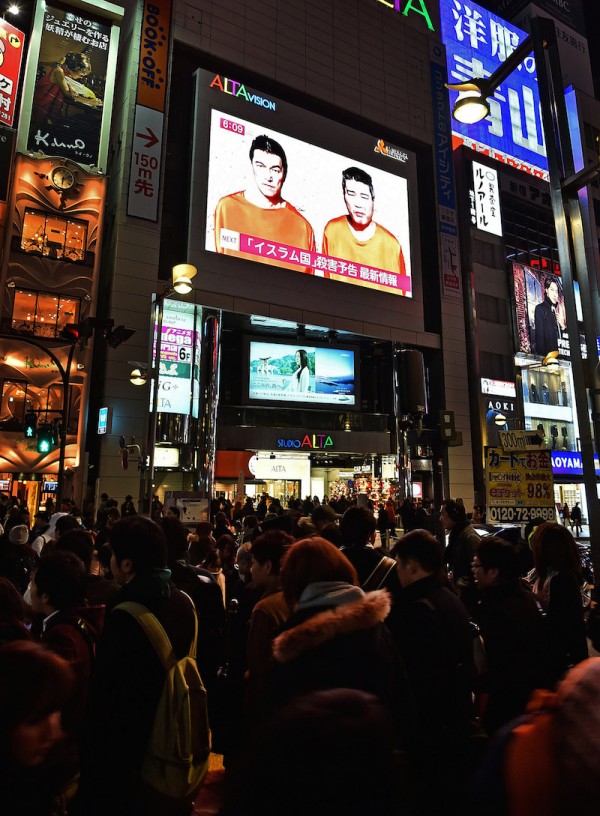
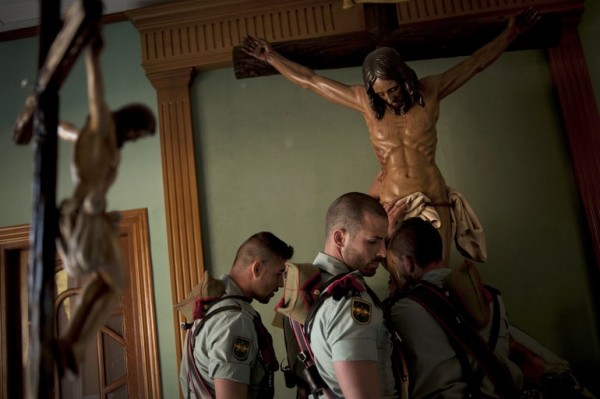
Reactions
Comments Powered by Disqus